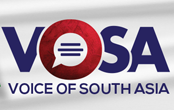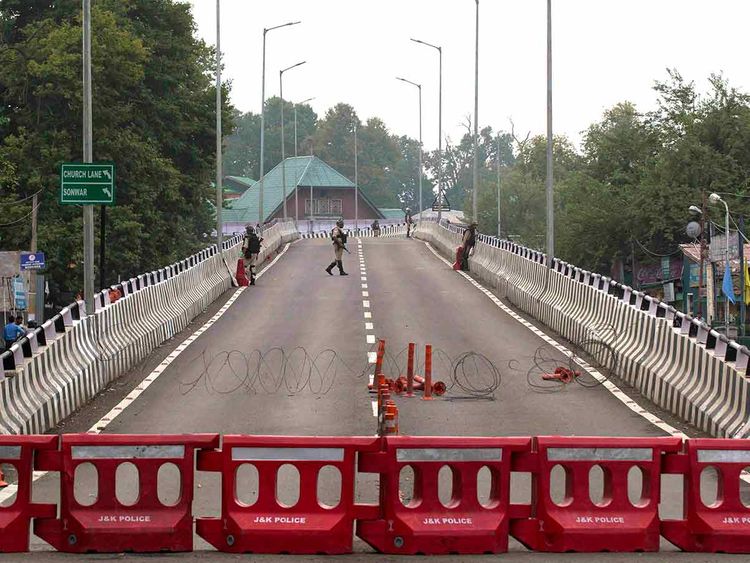“Kashmir is silent as a graveyard,” Vrinda Grover, an Indian human rights lawyer tells The New York Times, which published a 1,500-word report on Kashmir on Friday, along with pictures and videos depicting the situation in the occupied valley.
Since the abrogation of the Article 370 and 35A, an unconstitutional move by India to scrap the special status of the occupied Kashmir, The NYT report says that right before and after the Aug 5 action, the BJP government carried out “one of the biggest mass arrests of civilian leaders in decades.”
NYT reports added, at least 2,000 Kashmiris — including business leaders, human rights defenders, elected representatives, teachers, and students as young as 14, were rounded up by in the days right before and right after the unconstitutional Indian action.
The American newspaper contradicted the Indian claim in the occupied valley. Many international bodies rebuffed the Modi-led Indian goverment “personal matter” and “rightful” claim in the valley and termed it an uncontitutional and grave act.
Further, in an open letter to Indian Prime Minister Narendra Modi, Salman Soz, a Kashmiri at the World Bank, rejects his claim that the move aimed at integrating the valley with the union to bringing prosperity and development to it.
“You may be surprised to know that Jammu and Kashmir is ahead of many states along a number of important development indicators,” he informs Mr Modi.
Mr Soz reminds the Indian leader that J&K’s poverty headcount ratio is only 8.1 percent against the national average of 21.9 percent, which places it among the five best performing states and Union Territories.
A report in India’s Quartz news site points out that “after three weeks of lockdown Jammu & Kashmir remains in a state of shock.
“People have suddenly been transported to a pre-communication era,” Quartz journalist Riyaz Wani reports from Srinagar. “The air is rife with fear and rumour.”



